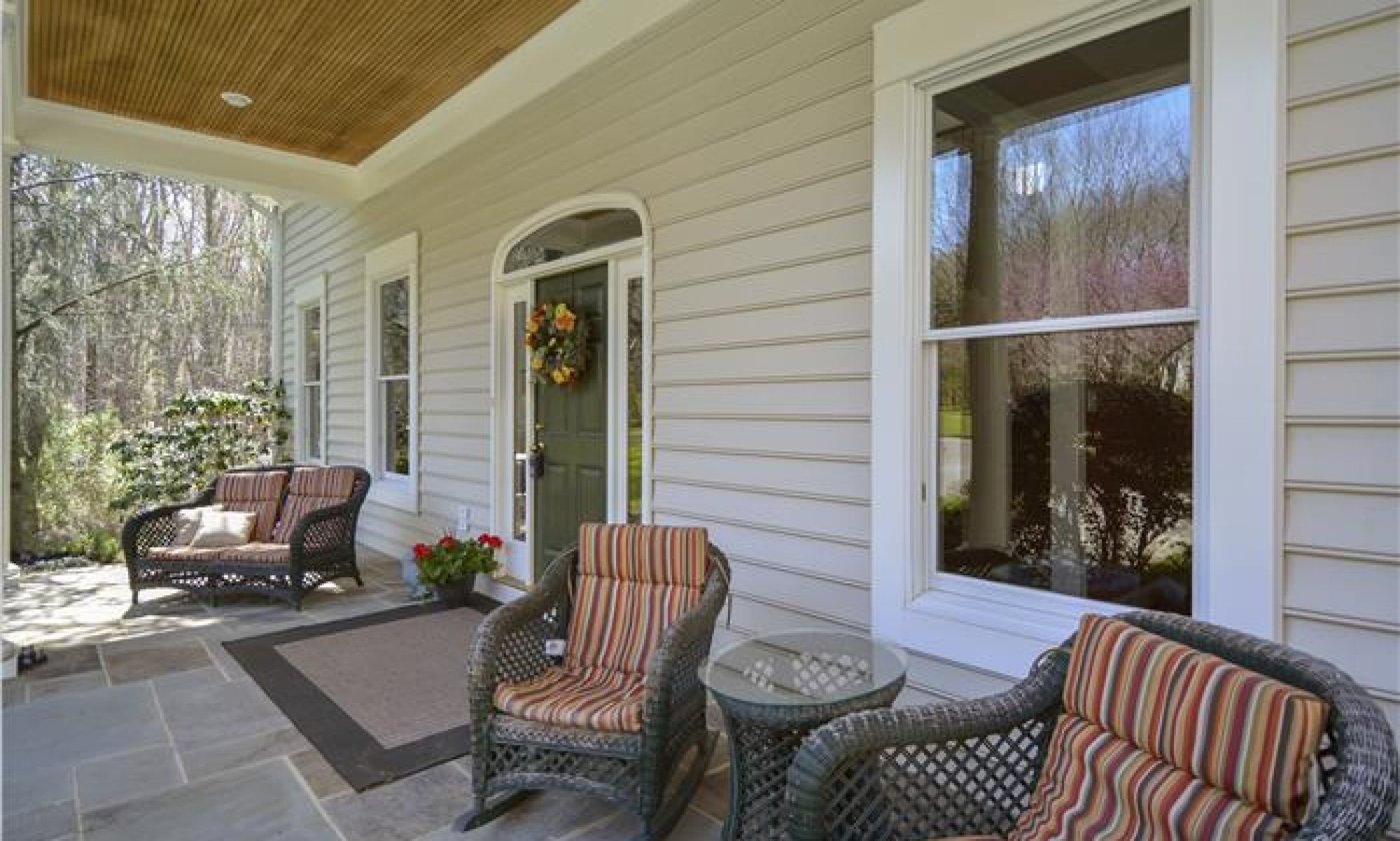by Dan Krell © 2009
Last week was indeed historic for events in Washington, DC. However, two important developments that directly affect real estate should be highlighted. You may have already heard that the home buyer tax credit was extended and expanded. However, you may not have heard that Fannie Mae announced another program to assist home owners facing foreclosure.
On Friday November 6th, the President signed HR 3548 into law which extends the home buyer tax credit through next year; home buyers must have a ratified contract for a principle residence (up to a purchase price of $800,000) by April 30th 2010 and close by June 30th 2010. A tax credit up to $8,000 will continue for first time home buyers who purchase their home before the sunset date; other home buyers who purchase their home before the deadline may be eligible to receive a tax credit up to $6,500. Home buyer income limits have also been increased to $125,000 for individuals and $225,000 for those filing joint returns (prorated amounts may be available for those who earn more than the stated limits). For additional qualifying information, please refer to the guidelines posted by the IRS (www.irs.gov/newsroom/article/0,,id=206293,00.html).
Additional good news came last week from the mortgage giant Fannie Mae, which is sued a press release announcing the “Deed for lease” program. The “Deed for Lease” program is designed to assist struggling home owners to stay in their homes by allowing them to pay “market” rent. The program requires home owners facing foreclosure to give the home to their lender via a “deed in lieu of foreclosure” (also known as a friendly foreclosure).
sued a press release announcing the “Deed for lease” program. The “Deed for Lease” program is designed to assist struggling home owners to stay in their homes by allowing them to pay “market” rent. The program requires home owners facing foreclosure to give the home to their lender via a “deed in lieu of foreclosure” (also known as a friendly foreclosure).
The rental period for the “Deed for lease” program may be up to twelve months. The program may also be available for investment properties that are currently occupied by tenants. A rental application fee of $75 per unit is required. If the home is occupied by tenants who want to stay in the home, those tenants must cooperate with the property manager through the process. Any disruption of the process may result in disqualification from the program. Once initiated, the home owner may not be eligible for the ”Cash for Keys” program (a relocation assistance program for those who are forced to leave their homes). Eligibility requirements and further assistance can be obtained from your Fannie Mae servicer (www.efanniemae.com/sf/servicing/d4l/).
This two prong approach may stem further eroding residential real estate values, which may be due to foreclosures, by increasing demand while reducing inventory. Providing incentives to all home buyers will add additional home buying activity, while allowing home owners facing foreclosure stay in their homes may decrease the negative events associated with foreclosure, such as: lowering the number of displaced home owners who are forced to move, reducing the number of vacant homes; and decreasing the inventory of distressed properties that have the potential to lower neighborhood values.
Alone, programs such as these have drawn criticism pointing out statistics indicating that the money is wasted. However, increasing demand through incentives, while decreasing distressed property inventory may be the combination needed to hold off further eroding home values while strengthening the overall economy. Time will tell if the one-two punch is successful and if there is a need for further expansion of one or both of sides of the equation.
This column is not intended to provide nor should it be relied upon for legal and financial advice. This article was originally published in the Montgomery County Sentinel the week of November 9, 2009. Copyright © 2009 Dan Krell



